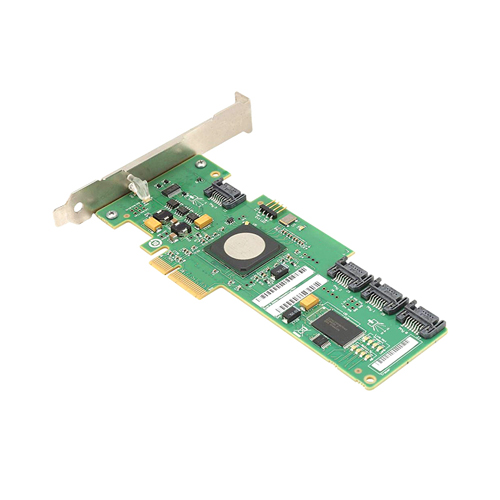All Products


On the other hand, SATA controller find widespread application in laptops, desktop computers, and consumer-grade storage devices. SATA technology provides cost-effective and dependable storage solutions for personal computing requirements. Seamlessly integrating SATA devices, such as SSDs and hard drives, SATA controllers facilitate efficient storage expansion and expedient data transfer. These controllers are typically integrated into motherboards or can be externally added via expansion cards.
SATA controllers possess the advantage of backward compatibility, ensuring seamless integration with older SATA devices and existing storage solutions. Consequently, they serve as an optimal choice for users seeking to upgrade their systems or augment the storage capacity of their desktop PCs. Furthermore, SATA controllers have the capability to support various SATA versions, including SATA II (3.0 Gbps) and SATA III (6.0 Gbps), thereby enhancing compatibility with a diverse array of SATA drives.
Key Benefits of SAS & SATA Controllers:
1. Accelerated Data Transfer Speed: SAS and SATA controllers are meticulously designed to facilitate high-speed data transfer rates, enabling swift data access and retrieval from connected storage devices. This ensures streamlined data processing and overall system performance improvements.
2. Versatile Compatibility: SAS and SATA controllers boast broad compatibility with an extensive range of storage devices, encompassing hard drives and SSDs. The seamless integration of these devices simplifies storage expansion and enhances efficient data management.
3. Scalability and Expandability: SAS and SATA controllers offer scalability options, empowering users to expand storage capacity to align with their evolving needs. With multiple ports available for connecting various storage devices, users can effortlessly expand their storage infrastructure in accordance with their requirements.
4. RAID Support: Many SAS and SATA controllers provide support for a Redundant Array of Independent Disks (RAID), enabling users to configure and manage diverse RAID levels to achieve data redundancy, enhanced performance, or a combination thereof. RAID technology enhances data protection and system reliability.
Choosing the Best SAS & SATA Controllers:
When selecting SAS SATA controllers for computing systems, it is essential to consider various factors to ensure optimal performance and compatibility. Here are key aspects to keep in mind:
1. Performance Requirements: Assess the specific performance requirements and identify whether SAS or SATA controllers are more suitable. SAS controllers excel in high-performance applications where speed and reliability are critical, while SATA controllers offer cost-effective solutions for personal computing needs.
2. Interface Compatibility: Check the compatibility of the controller's interface with the existing system's motherboard or expansion slots. Ensure that the controller's interface aligns with the available connectors to guarantee seamless integration.
3. Storage Device Compatibility: It is important to consider the types of storage devices that a user intends to connect. SAS controllers are designed for SAS devices, while SATA controllers are compatible with SATA devices. Ensure that the controller supports the specific type of drive that is planned for use.
4. Scalability and Expansion: Evaluate the future storage requirements. If a user anticipates the need for scalability and expansion, it might be suitable to opt for controllers that provide multiple ports or support daisy-chaining, allowing for easy integration of additional storage devices.
5. Reputable Online Retailers: To buy SATA controller cards online, users can explore various reputable online retailers and computer hardware stores. Look for trusted sellers that offer a wide range of options, competitive pricing, and reliable customer reviews.
